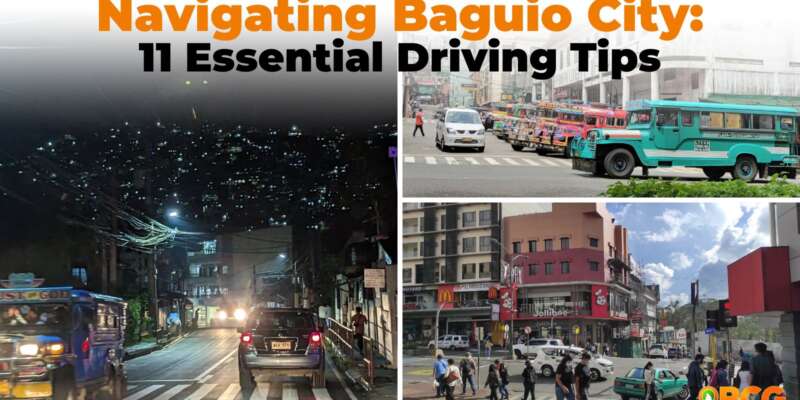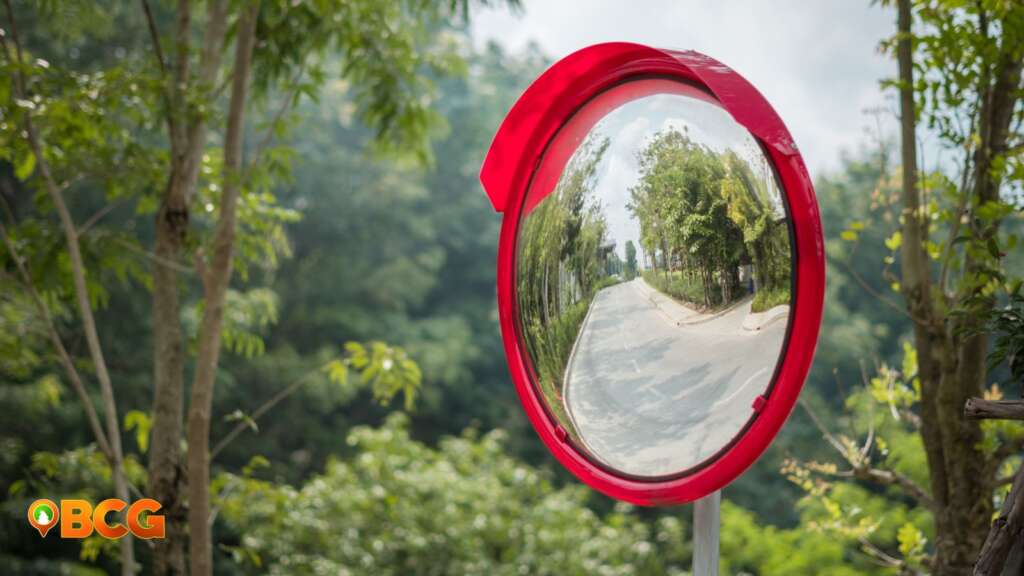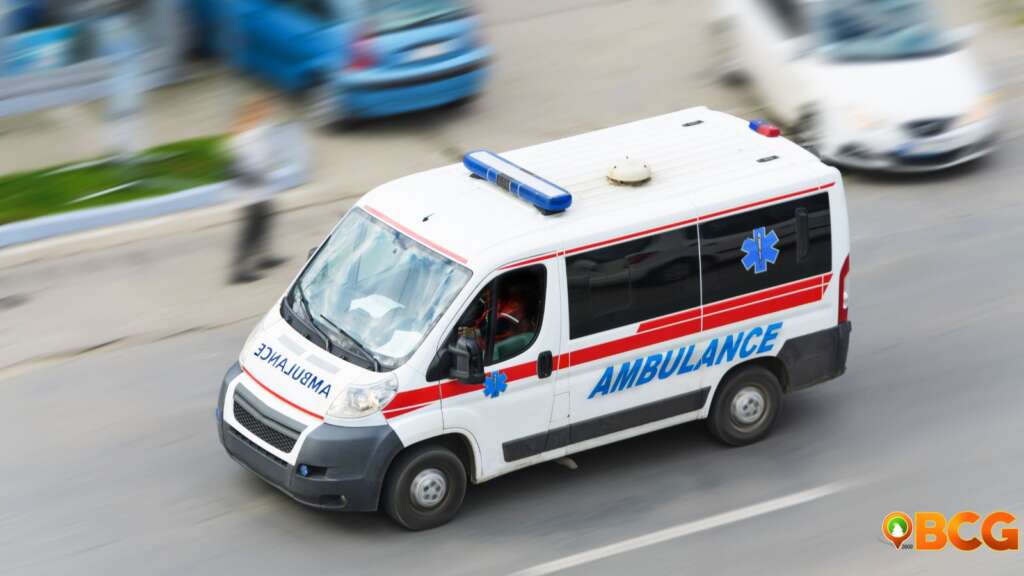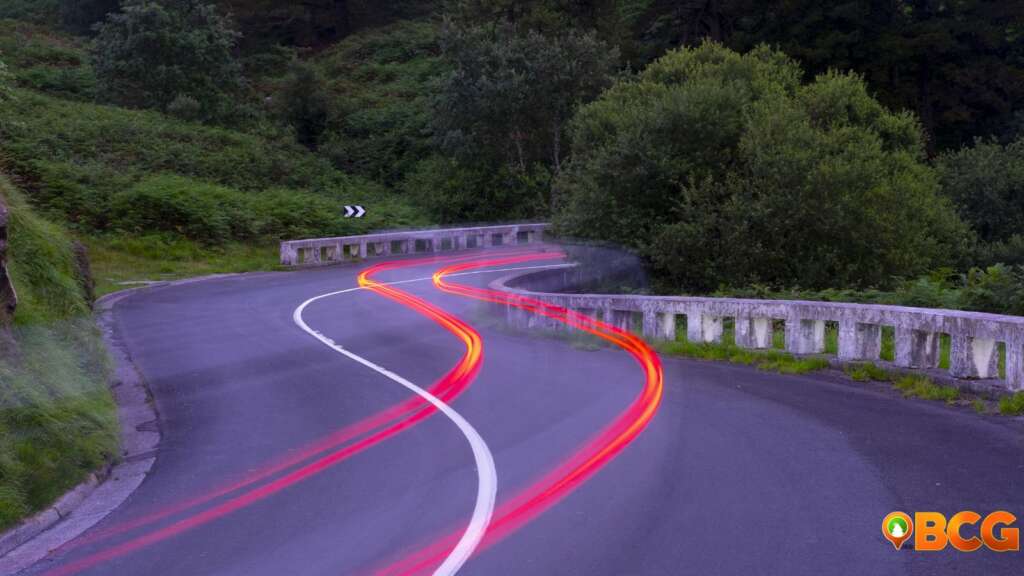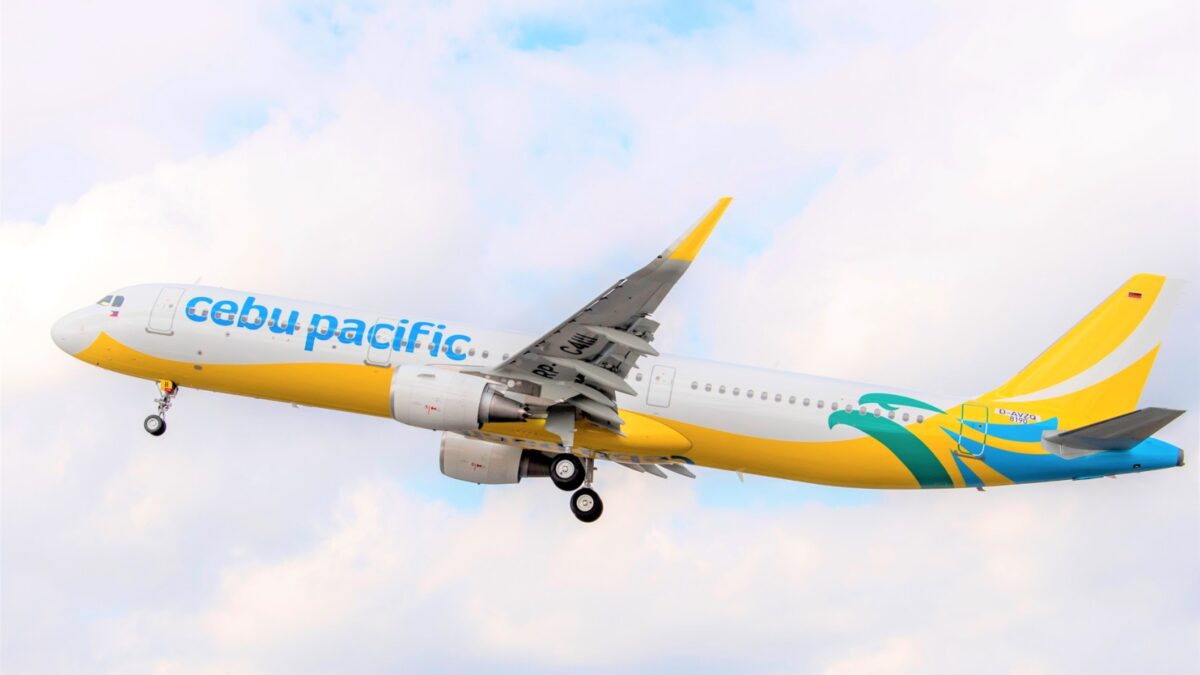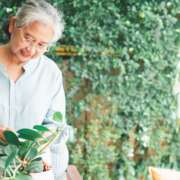Navigating Baguio City: 11 Essential Driving Tips
Baguio City, famed for its cool climate and breathtaking views, is also known for its distinctive road conditions. Traversing this city’s streets requires not only basic driving skills but also an understanding of its unique challenges. This comprehensive guide presents essential driving tips for both residents and visitors to ensure a safe and pleasant driving experience in Baguio City.
1.Maintain a Safe Speed:
The roads in Baguio City are often winding, steeply inclined, or downhill. Keeping a safe, controlled speed allows you to negotiate these curves effectively and avoid applying excessive pressure on your brakes, preventing potential damage.
2. Use Convex Mirrors and Avoid Overtaking on Blind Corners:
Baguio’s curvy roads frequently create blind spots. In response, many communities have installed convex mirrors at strategic points, allowing motorists to see oncoming traffic and make informed decisions about passing. Always remember not to overtake on a blind corner, as it could lead to dangerous situations.
3. Patience and Courtesy Are Key:
Baguio’s community roads can be narrow and often accommodate ongoing construction work. Given these conditions, it’s essential to be patient, ready to stop when needed, and always give way to fellow motorists. Courteous driving in such situations can prevent unnecessary traffic build-up and potential accidents.
4. Shift to Low Gear as Advised:
When driving in Baguio City, you’ll frequently notice signs advising you to shift to low gear. Heeding this advice, particularly on downhill routes, can help you avoid riding your brakes and reduce the risk of brake failure, a common cause of accidents in such terrains.
5. Stay Aware of Your Surroundings:
Due to the narrow nature of Baguio’s roads, you’ll often be sharing the road with pedestrians and cyclists. Always be mindful of their presence, especially children who may unpredictably dart into the street. Pay attention to other drivers’ turn signals as well, to anticipate their movements and avoid unnecessary congestion.
6. Handle Traffic Calmly:
During peak seasons, traffic congestion in Baguio City is a common occurrence. Stay calm and patient, avoiding impulsive actions that might lead to mishaps. Remember, nothing positive comes out of impatience on the road.
7. Master the Hill Start:
Initiating motion from a full stop on an incline, known as a “hill start,” is a crucial skill when driving in Baguio’s hilly terrain. Mastering this maneuver can prevent your vehicle from rolling backward, especially crucial for manual vehicles or automatic ones without hill-start assist, reducing the likelihood of accidents.
8. Give Way to Emergency Vehicles:
Should you hear a siren or a horn being blown repeatedly, it’s likely an emergency vehicle trying to pass. It’s essential to make way for these vehicles promptly because, in emergencies, every second counts.
9. Balance Your Vehicle:
When preparing to navigate a curve, ensure that you reduce your speed appropriately by braking and downshifting. This action helps keep your car balanced, offering you more control during the turn.
10. Avoid Coasting Around Corners While Descending:
Coasting—allowing your vehicle to move without engine power—around corners on a descent is not recommended. This method reduces your control over the vehicle, impedes safe speed management, and could lead to traction loss.
11. Observe Baguio City’s Specific Ordinances:
a. King of The Road Ordinance – the king of the road ordinance mandates that all motorists give way to pedestrians in pedestrian crossings and that motor vehicles are to stop for 5 seconds before every pedestrian crossing.
b. Number coding scheme – Baguio City implements a number coding scheme for all types of vehicles. The number coding scheme is in effect from Monday-Friday, from 7AM to 7PM, including holidays if it falls on a weekday. The number coding scheme only covers certain areas in Baguio City. Tap the link to read the full number coding guidelines in baguio city.
c. Anti-Littering ordinance – the anti-littering ordinance prohibits everyone from throwing, dumping, leaving or scattering pieces of paper, peelings, cigarettes or tobacco buts, soil or any kind of refuse or garbage in public places, such as parks, streets, plazas, lagoons, lakes, brooks roads, canals, fences, walls, and inside public buildings or enclosures which are open to the public except in receptacles or containers provided for the purpose.
d. Motorcycles are prohibited along Session Road – this is pursuant to ordinances 66 series of 1948 and 423 series of 1968.
e. Anti-Smoking Ordinance – Baguio City strictly implements it’s anti-smoking ordinance. Tap the link for more details about the anti-smoking ordinance and smoke-free Baguio.
f. Silent Night Ordinance – the Silent night ordinance states that: It is unlawful for any person to make or cause excessive, unnecessary, or unusually loud sounds from audio devices within residential areas, subdivisions, and public streets in the City of Baguio from 10:00 p.m. to 5:00 a.m. So avoid blasting your car speakers to maximum especially when you are in residential areas. Tap the link to know more about the Silent Night Ordinance in Baguio City.
Do you find this content useful?

g. Observe Speed limits – Ordinance no. 18 Series of 2019 penalizes motorists who will not observe designated speed limit. Tap on the link and read more details regarding the Speed Limit Ordinance in Baguio City.
h. Do not Park on Prohibited Parking Places – The comprehensive transportation and traffic regulations for the city of Baguio specifically Ordinance 07-1984 as amended by Ordinance 75-2019 prohibits motorists from parking on certain areas in Baguio City. Tap the link to know more about the prohibited parking spaces ordinance in Baguio City.
Driving in Baguio City offers a unique experience, but it also presents its own set of challenges. This guide aims to help you navigate Baguio’s roads safely and effectively. However, the ultimate key to a pleasant drive lies in your attentiveness, patience, and respect for other road users. Remember, safety first—always. Safe travels!

